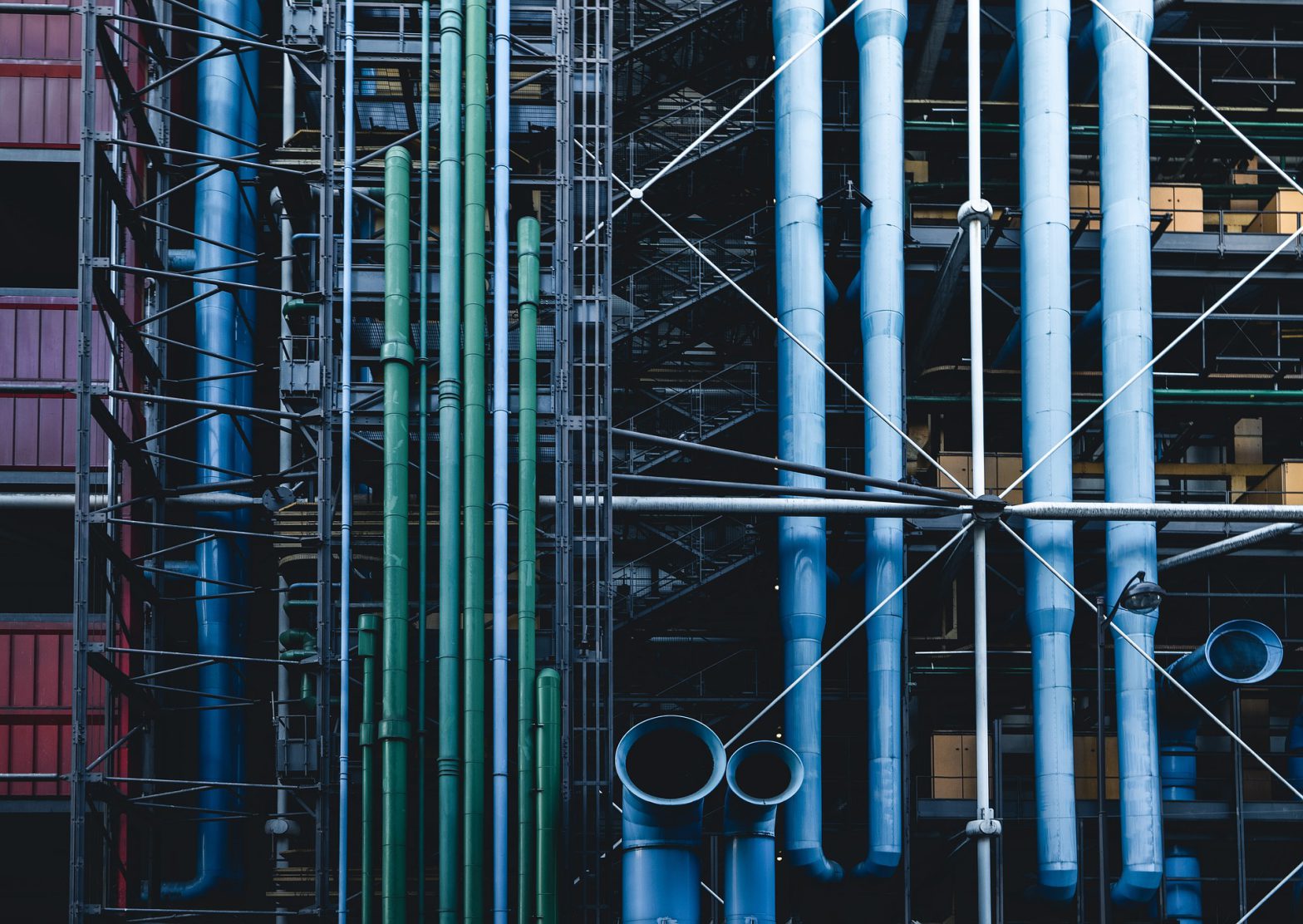Cured-in-place pipe repair (CIPP) is renowned for streamlining pipe repairs. Its non-invasive nature allows pipeline specialists to remediate pipe issues without destroying property or landscapes. And with CIPP, property owners needn’t worry about noise or disruption, as the process is designed to minimize downtime.
CIPP is the trenchless alternative to trench pipe repairs. Experts and property managers favor CIPP because it is minimally disruptive, cost-effective, and eco-friendly, affording them a sustainable pipe repair option.
Read on as we explore some of the ways cured-in-place pipe repair is streamlining pipe repairs for industries.
What is CIPP?
CIPP is an innovative pipeline repair technique that enables experts to remediate a failing line from within. The process requires experts to insert a flexible epoxy liner into the existing pipe. Afterward, they use water or air pressure to inflate and cure it with heat or ultraviolet light.
The CIPP procedure allows experts to restore aged pipes without digging them out entirely. Instead, after curing the liner in place, they will have created a seamless, jointless protective layer within the existing line.
How Does CIPP Work?
To conduct the CIPP procedure, experts follow a set of steps. Here’s a step-by-step breakdown of the process:
- Inspection: Experts look into the damaged line with a video camera to start the process. It helps them to locate the damage, assess it, and gauge the extent.
- Access point: After assessing the damage, experts drill a small hole, called an access point, to allow them to reach the damage.
- Insertion: Experts insert a flexible epoxy liner into the damaged pipe through the access point. Then, they inflate it with water or air pressure.
- Curing: After expanding the resin layer, experts fix it in place with heat and ultraviolet light. They have formed a protective layer within the existing line, sealing out cracks and lines from within.
Benefits of CIPP
One of the main benefits of CIPP is its ability to streamline pipe repair scenarios. It eliminates the traditional dig-and-replace method, allowing experts to safely and quickly restore failing lines with minimal disruption.
Here are some other advantages of cured-in-place pipe repair:
It is Fast
CIPP is a fast and efficient alternative to trench pipe repair, as experts can conduct the entire process within a few hours. In contrast, trench pipe repair often takes several days or even weeks to complete between digging and cleanup.
It is Minimally Invasive
To perform CIPP, experts bore a small hole into the existing line to allow them to repair it. After the process, they seal it back, making for a minimally invasive procedure. On the other hand, trench repair requires destroying landscapes and property.
It is Eco-friendly
CIPP uses epoxy, a plant-based organic material, to reline old pipelines. Epoxy is biodegradable, and the process doesn’t generate much waste or carbon emissions.
It is Durable
Epoxy is resistant to corrosion, wear, erosion, and root intrusion, creating a long-lasting pipe repair solution. The CIPP process can increase pipe life by up to fifty years.
It is Cost-effective
CIPP is a cost-effective alternative for trench pipe repair, as it doesn’t require costly equipment. Trench pipe repair, in contrast, requires experts to spend long hours digging and trenching with expensive equipment. In addition, after trenching, property owners deal with a lot of waste and debris; hence, CIPP can also help property owners avoid the costly repairs that follow trenching.
If your property suffers from pipe issues, you need immediate expert assistance. Delayed pipe repairs can result in extensive structural damage, mold, and biohazardous exposure.
Contact us at Industrial CIPP, where our expert team is trained and equipped to restore damaged pipe systems safely. Before remediation, we conduct a video inspection to help assess the damage and determine a suitable trenchless fix.
